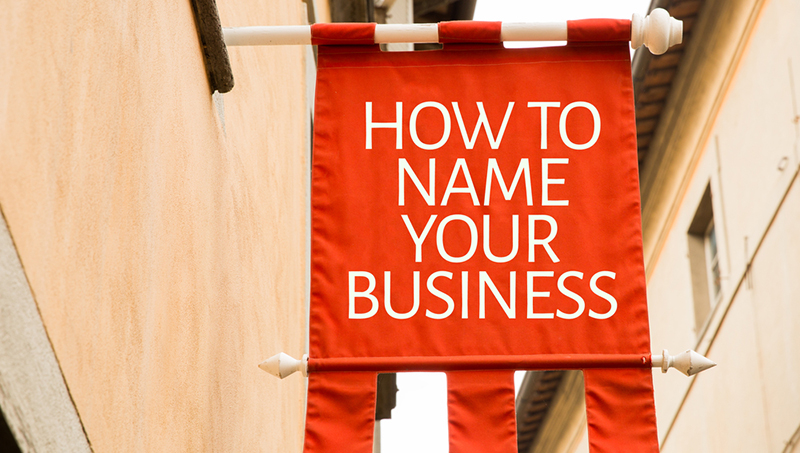
One of the most common questions we get at Entripy is how we got our name. The truth is, the name Entripy happened by accident. Our CEO was a university student when he founded Entripy back in 1999 and while reading a friend’s science textbook, he stumbled across the word “Entropy”, which means “disorder or uncertainty in a system”.
Now, chaos and disorganization aren’t exactly the characteristics you want to define a custom apparel business. But Jas liked how the short, three-syllable word looked, so decided to change the “o” to an “i” and make “Entripy”, a friendlier-sounding version of the scientific word Entropy. A word that has no meaning.
While Entripy may not be the perfect case study in an article on how to choose a name for your business, our unique name has sparked many conversations, especially from customers coming in to pick up their custom t-shirt orders. People are intrigued by it, they frequently ask what it means and where it comes from. In short, our name is memorable.

What’s in a Name?
The name of your business has a tremendous impact on how customers view your brand. Your name is the first interaction a customer has with your company and like a first handshake, it can make a powerful impression. A unique, catchy name can help someone remember you while a bland and boring name can make you easily forgettable.
Some experts argue the best business names are abstract, “a blank slate upon which to create an image”. Others argue business names should be informative and should tell customers immediately what it is that your business is.
Entripy doesn’t have a dictionary meaning, but neither does “Google”, “Yahoo” or “Zappos”. To help you craft your start-up’s name, we’ve put together a naming checklist:
1 – Decide What You Want Your Name to Communicate
The more your name communicates to consumers about your business, the less effort you have to put in to explain it. This is especially important when you’re a new business with a confusing product offering. Entripy began as Entripy Custom Clothing. We put our product (custom apparel) right in our name and a custom t-shirt in our logo, but as the company grew and our name became more recognizable across the country, we dropped the “Custom Clothing” portion as it was no longer needed to make the connection between who we are and what we do, screen printing and embroidering company logos on custom apparel.

2 – Don’t Let Your Name Limit You
Starbucks opened in 1971 as Starbucks Coffee but has since expanded their menu to include non-coffee items including sandwiches, snacks, and non-caffeinated beverages. Feeling the name Starbucks Coffee was too limiting, Starbucks dropped the Coffee from their name.
When choosing a name for your startup, think long term about your company’s future and how that might impact your name. Let’s say you’re opening a bookstore on Jane Street. Naming your company Jane Street Books might not be the best decision if 10 years later the bookstore has to move to a different location.
3 - Consider Search Engine Optimization
How easy is your company to find? When choosing a name, consider what page your company will end up on in Google search results. If Entripy had chosen a common name like “Custom T-Shirts”, we would likely never appear in the first pages of a search since “custom t-shirts” is a commonly searched term. A unique name, like Entripy, will show up as #1 because we are the only company with that name.
4 - Be Creative and Don’t Use Spellcheck
Coming up with a name for your company can be stressful, but it can also be fun. Some of the world’s largest brands have taken a creative approach to their name. Reebok, for example, took inspiration from the word “rhebok”, an African antelope, and simply modified the spelling. Lego got its name from the Danish phrase leg godt, which means “play well”. IKEA is simply the first initials of the founder’s name (Ingvar Kamprad) and the place he grew up (Elmtaryd Agunnaryd).

Much like Entripy, Google happened by spelling accident. A “googol” is the number 1 followed by 100 zeros. When founders checked the name googol on a domain search site, they accidentally misspelt it “google”. The name was available and they liked it more than googol, so decided to keep it.
5 - Test Your Name
Once you’ve narrowed your name down to a few selections, and know that all of these domain names are available for you, do some consumer research. Get a group of friends together, read the names aloud and five minutes later, ask which name is more memorable. Scribble together your logo to visualize how the name will look in your marketing. Then sleep on your name. Put it aside for a few days then come back to it with a fresh perspective.







